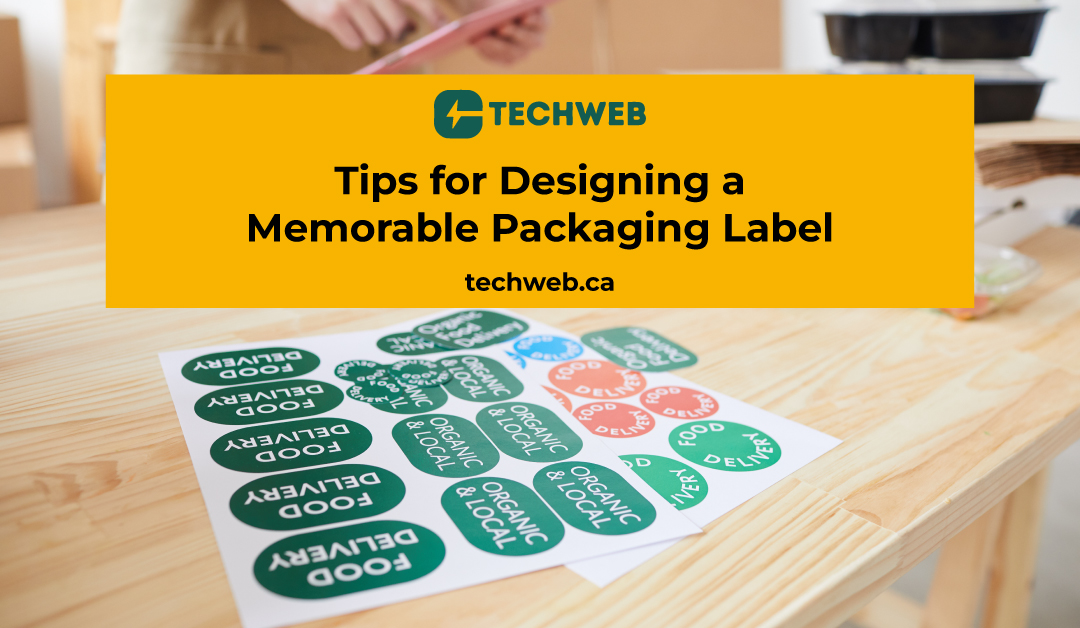Tips for Designing a Memorable Packaging Label
In the world of consumer goods, packaging labels are more than just identifiers—they are powerful tools that communicate a brand’s message, attract customers, and influence purchasing decisions. A well-designed packaging label can set a product apart on crowded shelves, making it an essential aspect of any branding strategy.
Here are some tips for designing a memorable packaging label that resonates with an audience and leaves a lasting impression.
1. Understand the Target Audience
Before diving into the design process, it’s crucial to understand who the target audience is. Are they young and trendy, or mature and sophisticated? Do they value eco-friendly packaging, or are they more concerned with luxury? Knowing the audience helps in tailoring the label design to their preferences, ensuring it speaks directly to their needs and desires.
2. Keep It Simple and Focused
Simplicity is key when it comes to packaging labels. A cluttered label with too much information can overwhelm customers and dilute the brand’s message. Focus on the essential elements—the product name, key features, brand logo, and any mandatory information like ingredients or safety warnings. By keeping the design clean and focused, it’s easier for customers to quickly understand what the product is about.
3. Choose the Right Colors
Color plays a significant role in how consumers perceive a product. Different colors evoke different emotions—blue is often associated with trust and reliability, while red conveys excitement and energy. Choose colors that align with the brand identity and appeal to the target audience. Additionally, consider the psychology of color in relation to the product type; for example, green is often used for eco-friendly products.
4. Select Appropriate Typography
Typography can greatly influence the readability and overall aesthetic of the packaging label. Choose fonts that are legible and match the tone of the brand. For example, a playful, handcrafted font might work well for an artisanal food product, while a sleek, modern typeface would be more suitable for a tech gadget. Ensure that any text is easy to read, even from a distance.
5. Incorporate Brand Identity
The packaging label should be a reflection of the brand. Incorporate the brand’s logo, colors, and style consistently across all products to create a cohesive and recognizable identity. This consistency helps build brand loyalty and makes it easier for customers to identify the products on the shelf.
6. Make It Functional
A good packaging label isn’t just visually appealing—it’s also functional. Consider the practical aspects of the label design, such as how it will look when applied to different packaging shapes and sizes. Ensure that any important information is easy to find and read. Additionally, think about how the label will hold up over time—will it be durable enough to withstand handling, moisture, or other environmental factors?
7. Tell a Story
Storytelling can be a powerful tool in packaging design. Use the label to tell the story of the brand or product. This could be a brief origin story, a unique selling proposition, or a message about the values the brand stands for. A compelling story can create an emotional connection with customers, making the product more memorable.
8. Use High-Quality Images and Graphics
Visual elements such as images and graphics can make a packaging label more attractive and engaging. However, it’s important to use high-quality images that are clear and relevant to the product. Low-resolution or generic images can cheapen the appearance of the label and harm the brand’s credibility.
9. Consider the Competition
Take a look at what competitors are doing with their packaging labels. While it’s not advisable to copy their designs, understanding the market trends can help in differentiating the product. Identify what works well in the industry and find ways to put a unique spin on it.
10. Test the Design
Before finalizing the packaging label, it’s a good idea to test it with a small group of potential customers. Gather feedback on the design, readability, and overall appeal. This can help identify any issues or areas for improvement before going into full production.
Conclusion
Designing a memorable packaging label requires a balance of creativity, functionality, and strategic thinking. By understanding the audience, keeping the design simple, and ensuring it aligns with the brand identity, it’s possible to create a label that not only catches the eye but also leaves a lasting impression on consumers. Remember, the packaging label is often the first interaction a customer has with the product—make it count.

